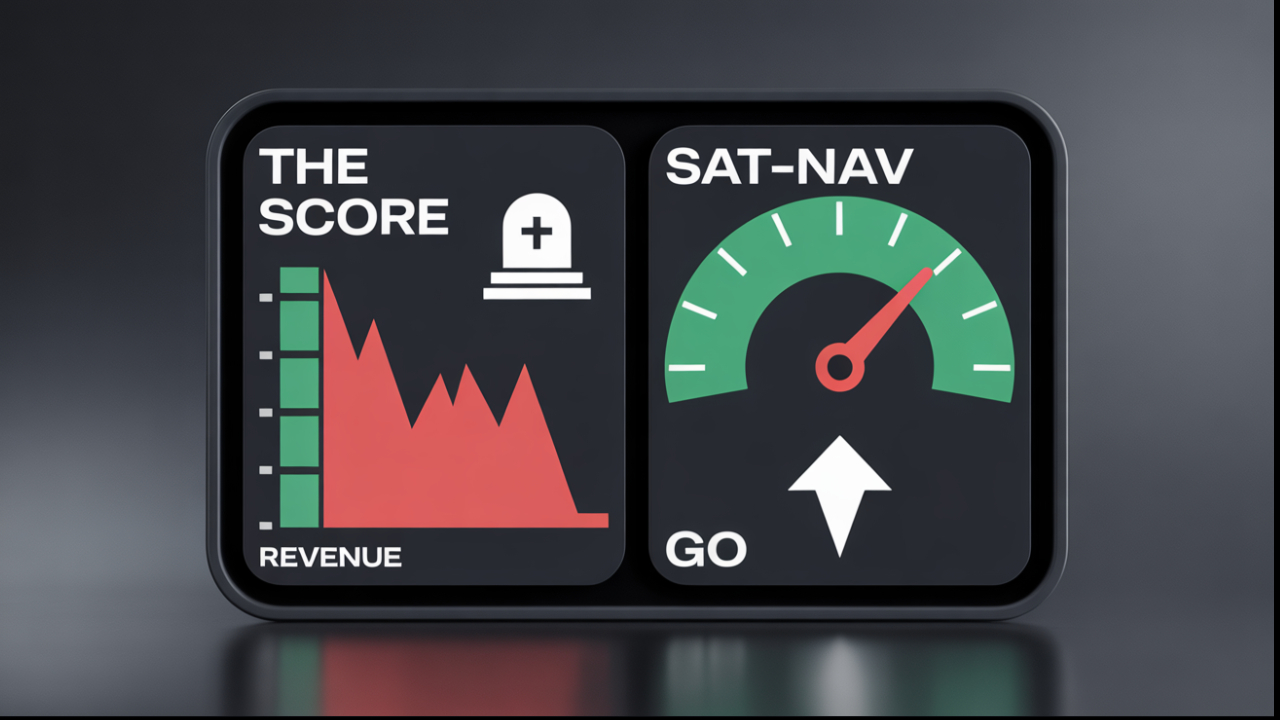Cracking the Digital Marketing Code: 8 Core Disciplines
In this article, I'll explain the 8 core disciplines of digital marketing and how they all fit together. Once you understand this, you'll have a better sense of how to structure your content marketing strategy and how to choose the best tools for your needs.
Digital Marketing
With the right approach, you can leverage Digital Marketing to attract new business and spread your message, but without a strategy, you could end up alienating your customers and hurting your bottom line.
For many businesses, a "digital marketing strategy" is simply posting links to their product pages on Facebook or tweeting out their latest blog posts. But that's not enough. What about the people who aren't following you on Twitter? Are they hearing about your products via word of mouth? What about search engine optimization (SEO)? Do you have an effective SEO plan for all of your content?
A digital strategy is more than just a website and posting to social media; it's the overarching framework that guides how your business approaches digital marketing channels (social media, search engine optimization, paid advertising, etc.) and tracks the results of your efforts. It also helps you understand where to focus your energy, so you aren't spinning your wheels on tactics that don't work.
You need to create a cohesive strategy for building your presence online, from Facebook to LinkedIn, from social posting to Google AdWords. Without these foundations in place, you might as well be shouting into the void. You’ll be a whisper in the sea of a million voices.
Content Marketing
What is content marketing? Content marketing is a technique for driving consumer demand for your products or services using content as the primary marketing tool. Content needs to be interesting and informative enough to engage the reader. It should be presented in such a way that it appeals to the reader's self-interest or the benefit they will accrue from the information provided.
The main thing here is creating your Tone and Style Guide. This breaks down into three areas, the main one being Tone, the next Style, and Voice.
Tone - can be a very tricky thing, as it contains two subcategories: voice and style. Voice refers to the attitude of your writing — are you funny? Serious? Do you write like a person or an authority figure? Style refers to the genre in which you write — professional, friendly, casual, etc.
Style - is usually quite easy to change based on what type of message you're trying to convey or who you're trying to reach with your message. If you pitch the same way every time, people will get used to your style and feel very comfortable with it. However, if you want to be effective with your messaging and try to reach as many people as possible, it's important to have multiple voices in your repertoire.
Voice - is much harder to change because it comes from within you. You have a certain personality and way of thinking that makes your voice unique. When we read something written by an author we like, there are certain aspects about their writing that we really enjoy — even if the topic of the article isn't something we'd normally
Content can take many forms including articles, videos, audio files, presentations, interactive media etc. The key is that you are creating an asset that consumers want to read. An Asset you need to maximise and get the most out of (read –
repurposing your content)
Paid Traffic
Paid traffic is the process of sending people to a website or landing page in exchange for some sort of payment. This differs from organic traffic, which is unpaid or earned traffic.
The most common types of paid traffic are:
- PPC (pay per click) ads
- Social media ads (Facebook ads, Twitter ads, Instagram ads, etc.)
- Display advertising
- Shopping ads (Google Shopping)
- Why Use Paid Traffic?
The main benefit to using paid traffic is that you can scale quickly. You can spend a little to get started and then scale up your ad spend as much as you want. If you’re willing to spend more on advertising, you can get more traffic and sales quickly.
Paid traffic lets you target your ideal customers. You can select from many criteria, such as keywords words and phrases, gender, and location. Moreover, you can target people who have visited your site before using remarketing ads. As a result, your advertising only reaches people who are most likely interested in what you have to offer. This means higher conversion rates and lower ad costs for your business.
Email Marketing
Email marketing is a direct, personal way to stay in touch with your customers. It gives you an opportunity to build relationships with your customers, and for them to build relationships with you.
Email marketing is a powerful way to communicate directly with customers and prospects. According to the Direct Marketing Association, email marketing has the highest return on investment (ROI) of any digital channel — an average of £30 per pound spent.
Email marketing can be used to promote your existing products or services, or as a lead generation tool for finding new customers.
There are several different types of emails:
Transactional emails: These include order confirmations, shipping notices and other transactional emails that keep customers informed about their orders.
Relationship emails: These are more about building relationships than selling products or services. They include welcome messages when users sign up for newsletters or other updates from your brand.
Promotional emails: These are usually sales-focused emails that contain special offers or discounts on products or services you sell.
Social Media
Social media is the most important discipline in digital marketing because that's where your customers are spending their time. By cultivating a strong social media presence, you can build relationships with your customers and improve your brand visibility.
Social media has some unique opportunities for building brand loyalty that other channels don't have. For example, when someone follows you on Twitter or Instagram, you know who they are and what they're interested in—you can tailor your content to suit their needs. If a user likes a post, shares it on Facebook or retweets it on Twitter, that action indicates their approval of your company as well as their desire to see more content from you in the future.
Another way social media offers unique opportunities is through live streaming platforms like LinkedIn or Facebook Live; these platforms allow users to interact with businesses while they're engaging in real-time conversations with each other about products or services being offered by those businesses. This kind of interaction can be used to create buzz around new products or services before they even exist by generating excitement amongst customers who want to be among the first ones in line when those products finally launch!
Search Marketing
Search Marketing is the discipline responsible for providing users with relevant information about the products and services that they are looking for, as well as driving them to your company website or other digital assets.
As one of the highest-returning digital marketing strategies, search marketing allows you to attract new customers, promote your brand and improve your ranking in search results.
The main goal of search marketing is to bring more traffic to your business website or other digital assets by increasing visibility on search engines such as Google, Bing, Yahoo and others. It also helps you improve conversions rates by making sure that visitors are directed to the right page based on their searches.
Search engines provide valuable data that can be used by marketers to help them understand what users are looking for online, which translates into better conversion rates and higher sales numbers for businesses using this discipline successfully.
Data and Analytics
Data is the heart of digital marketing. It's what provides the fuel for your marketing strategy and helps you understand what works and what doesn't. This discipline is all about making sure you have the right data and knowing how to use it effectively.
Data can be collected in many ways—surveys, polls, social media monitoring, website analytics, email campaigns. Collecting data more often will help you analyse it better. But don't get overwhelmed by having too much data—it's best to have fewer but more focused sources.
Analytics are
what help you make sense of that data once it's collected. You need to know how to analyse your data so that it makes sense for your business and its goals—and then use that knowledge to improve your digital marketing efforts going forward.
Testing and Optimisation
Testing and Optimisation is the process that drives the continuous improvement of your marketing campaigns, and it can be done through a variety of different methods.
Testing can be done on anything from the copy on your site to the design elements to the way you present your product or service. The purpose is to determine what works best for your audience, so they'll become more engaged with your brand and ultimately buy more stuff!
Optimisation refers to refining and improving existing processes. For example, if you've just run an A/B test where one version of a page had higher engagement than another, then you can optimise that page by making it even better than before. This means you'll have even higher engagement rates next time around!
Conclusion
Digital marketing is a constantly shifting landscape, as are its core disciplines. That makes it useful to understand them and pay attention to the ways that they change and adapt. In understanding their convergence, you can put together an effective digital marketing strategy. It would be hard to achieve success in the world of marketing these days without at least an awareness of the various core disciplines —but the more you understand, the more successful you can be.












